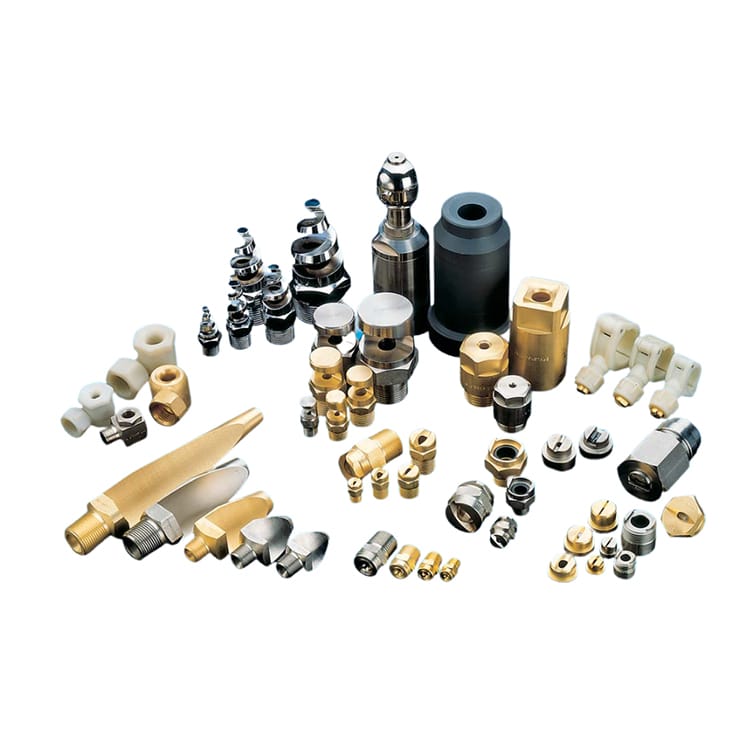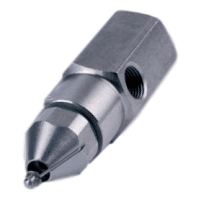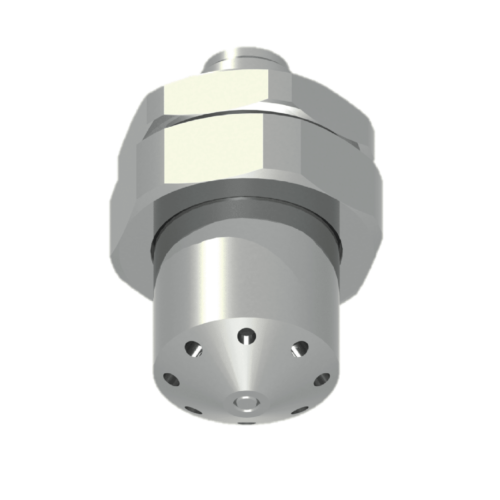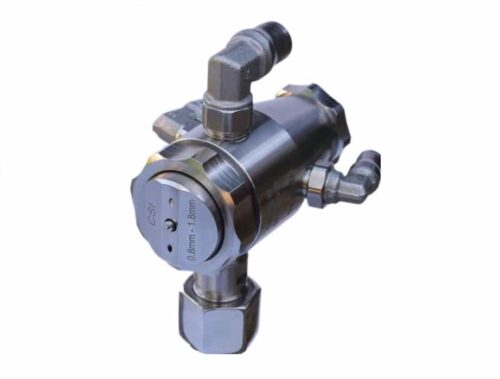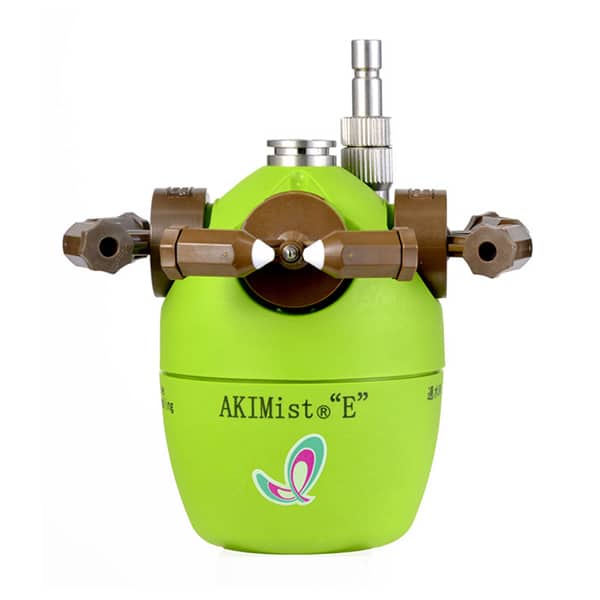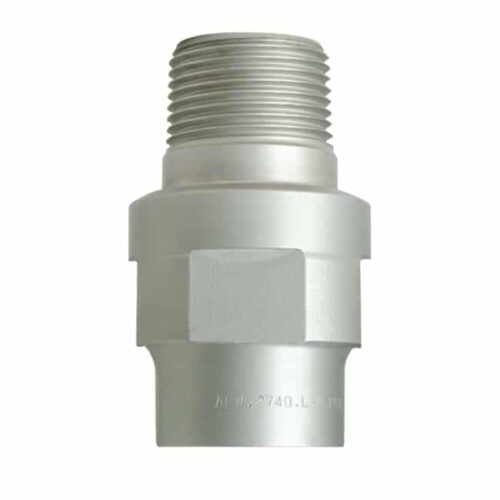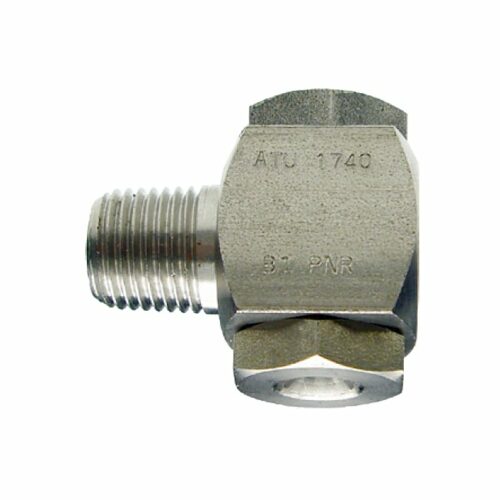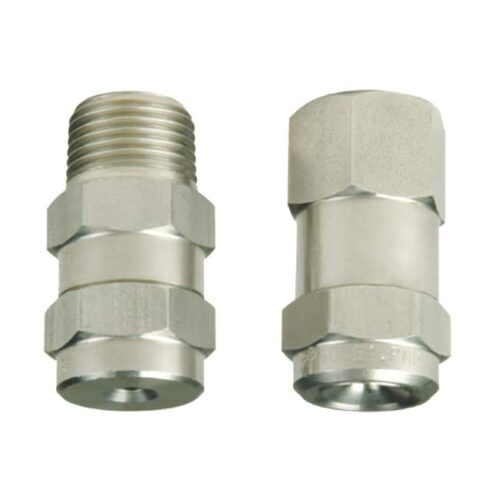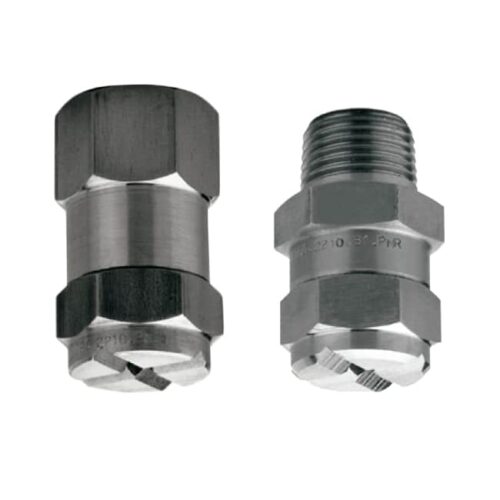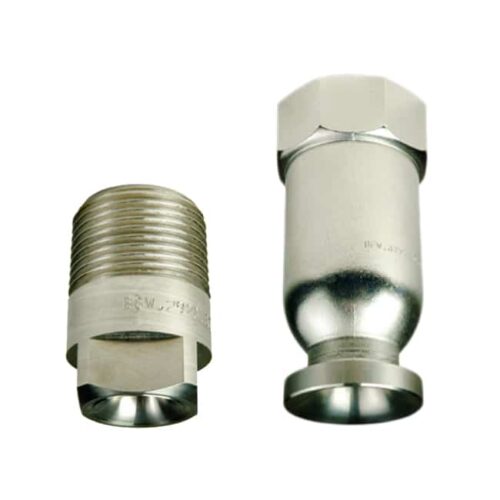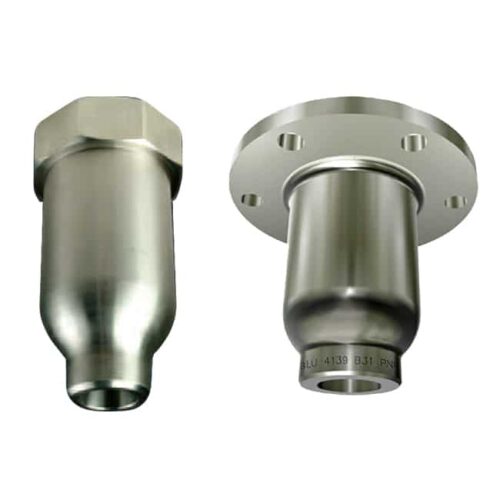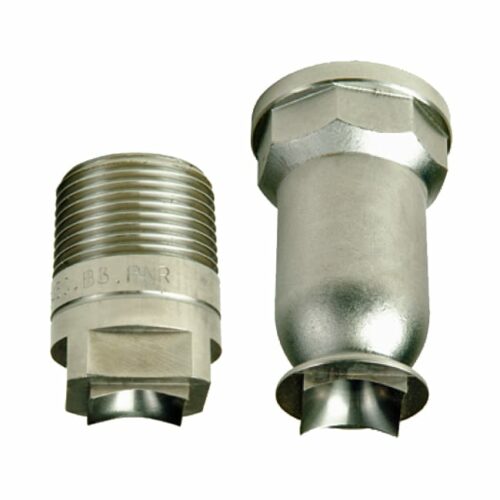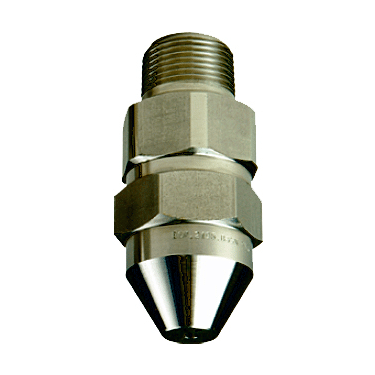Our experts are just a call away. Contact us now for immediate assistance and personalized solutions!
Frequenly Asked Questions :
What is a spray nozzle?
A spray nozzle is a device that facilitates the dispersion of liquid into a spray. Nozzles are used in various applications, such as irrigation, cooling, and cleaning.
What are the different types of spray nozzles?
Common types include full cone, hollow cone, flat fan, misting, air atomising, and solid stream nozzles.
How do spray nozzles work?
Spray nozzles work by converting the pressure of liquid into kinetic energy, which disperses the liquid into droplets of varying sizes and patterns.
How do I choose the right spray nozzle for my application?
Consider factors like the desired spray pattern, droplet size, flow rate, operating pressure, and the type of liquid being sprayed.
What factors affect spray nozzle performance?
Factors include pressure, flow rate, spray angle, nozzle size, and the physical properties of the liquid.
Can I use the same spray nozzle for different applications?
It depends on the requirements of each application. Some nozzles are versatile, but specialised applications may need specific types of nozzles.
How often should I inspect and clean my spray nozzles?
Regular inspection and cleaning should be done based on the usage frequency and the type of liquid sprayed. A common recommendation is to inspect and clean nozzles every few months.
What are common problems with spray nozzles?
Common issues include clogging, wear and tear, inconsistent spray patterns, and corrosion.
How do I clean a clogged spray nozzle?
Use appropriate cleaning solutions and tools like brushes or ultrasonic cleaners. Avoid using sharp objects that can damage the nozzle.
What is the flow rate of a spray nozzle, and how is it measured?
The flow rate is the volume of liquid dispensed per unit time, usually measured in liters per minute (LPM). It is determined by the nozzle design and operating pressure.
What is a spray angle, and why is it important?
The spray angle is the angle at which the liquid is dispensed from the nozzle. It determines the coverage area of the spray and is important for ensuring even application of the liquid.
What materials are spray nozzles made from?
Common materials include stainless steel, brass, plastic, and ceramics, chosen based on the application and the liquid's properties.
What is atomisation in spray nozzles?
Atomisation is the process of breaking up a liquid into fine droplets. This is crucial for applications requiring fine mist, such as cooling or humidification.
How do air atomising nozzles differ from hydraulic nozzles?
Air atomising nozzles use compressed air to aid in atomizing the liquid, producing finer droplets compared to hydraulic nozzles, which rely solely on liquid pressure.

